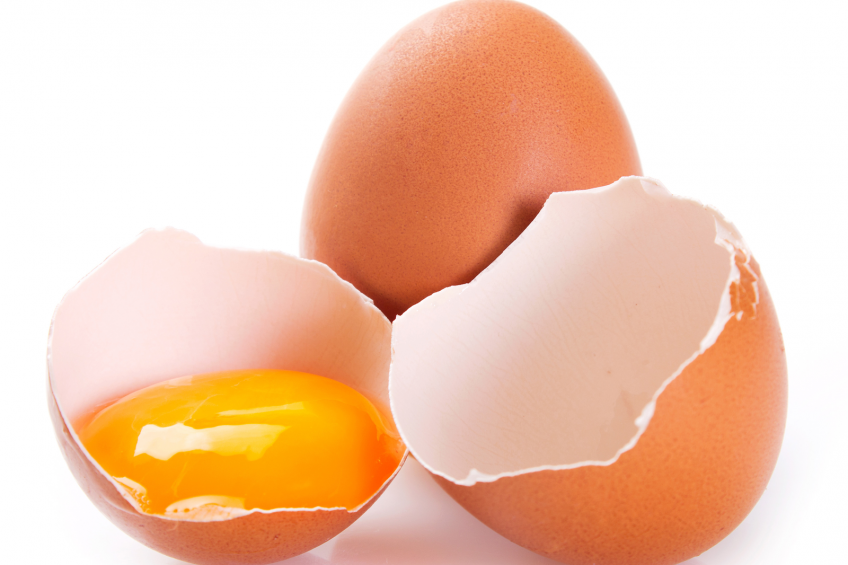China: Booming demand for algal EPA-fortified eggs

Eggs fortified with EPA (eicosapentaenoic acid) are developing quite a demand among middle and upper-class consumers in China, with retailors in major cities including Beijing, Shanghai and Shenzhen merchandising this egg at up to 10 times the price of an ordinary egg.
Clinical trials have demonstrated that EPA can improve blood circulation and reduce the formation of blood clots, among many other positive attributes.
High quality yolk appearance
Poultry farmers use nannochloropsis added to the hens’ feed, transferring the EPA from microalgae to yolk. The PONY organisation test results of this process showed significant increase of EPA, vitamin A and other polyunsaturated fatty acid in the fortified eggs. Besides the inner nutrients, the appearance of the yolk also showed a high quality.
Aiyowe EPA fortified eggs were developed by ENN Science and Technology Development Co., Ltd. and debuted in 2015. The Microalgae Center in ENN Energy Research Institute is a leading algae research, processing and development firm in China. Their proprietary algae technologies cover both the upstream and the downstream of the field, including strain selection, novel PBR design, low-cost cultivation, processing and product development, totalling over 100 patents. All of the science in developing the new egg was conducted in their state-of-the-art laboratories and demonstration facilities.
Improved immunity for animals
Sino-Microalgae, a division of the ENN group has grown since 2005 to become a leading producer and marketer of microalgae and natural extract, and provides bulk Nannochloropsis powder with different EPA content. ENN’s Natural algae powder contains more than 30% protein, and oil with over 40% polyunsaturated fatty acids. Feed with ENN microalgae as an ingredient can be used for livestock animals, fish and shellfish. It can improve the viability, growth rate, and immunity of animals, and the DHA and EPA can also be accumulated in animals’ bodies and delivered to people at the dinner table.
Sino-Microalgae operates on 3 cultivation farms with a total cultivation area of about 1.2 million square meters. Their annual output of spirulina is about 1200 tons, with Haematococcus pluvialis production of 200 tons and 600 tons of chlorella. Their natural microalgae powder products include Nannochloropsis, Organic Chlorella, Organic Spirulina, Dunaliella salina, Haematococcus pluvialis, Schizochytrium. The natural extract products they produce include DHA, EPA, ARA, Astaxanthin, Beta-carotene, Phycocyanin, Fucoidan, and Xanthan gum.
Early stage of development
The EPA egg is an early stage of a developmental process for Sino-Microalgae and ENN to demonstrate how EPA and DHA from natural algae can be safely delivered in the food chain as powders, tablets and oils. According to Sino-Microalgae, “The success of the Aiyowe EPA egg proved the feasibility of producing different kinds of eggs by feeding chickens with microalgae containing diversified nutrient substances, thus we can improve the nutritional profile of eggs to meet the different needs of people. For example, eggs for babies contain more DHA, which can promote the development of brain cells and optic nerve, while eggs for senior people contain more EPA to help to reduce blood lipids.”
[Source: Algae Industry Magazine]













